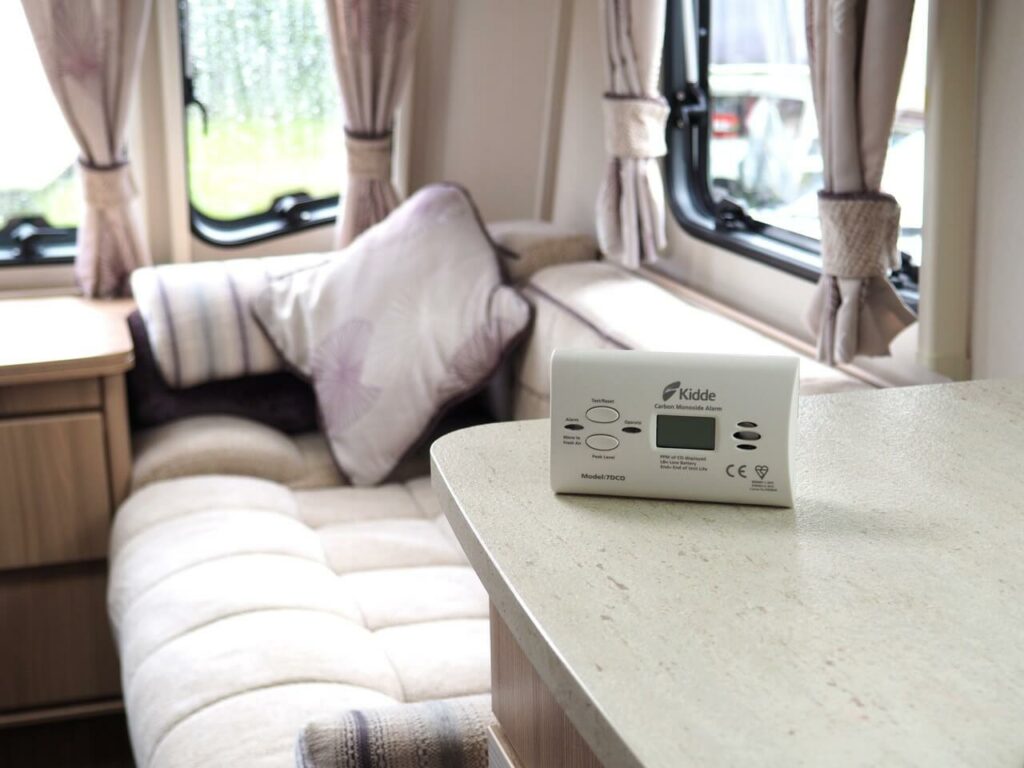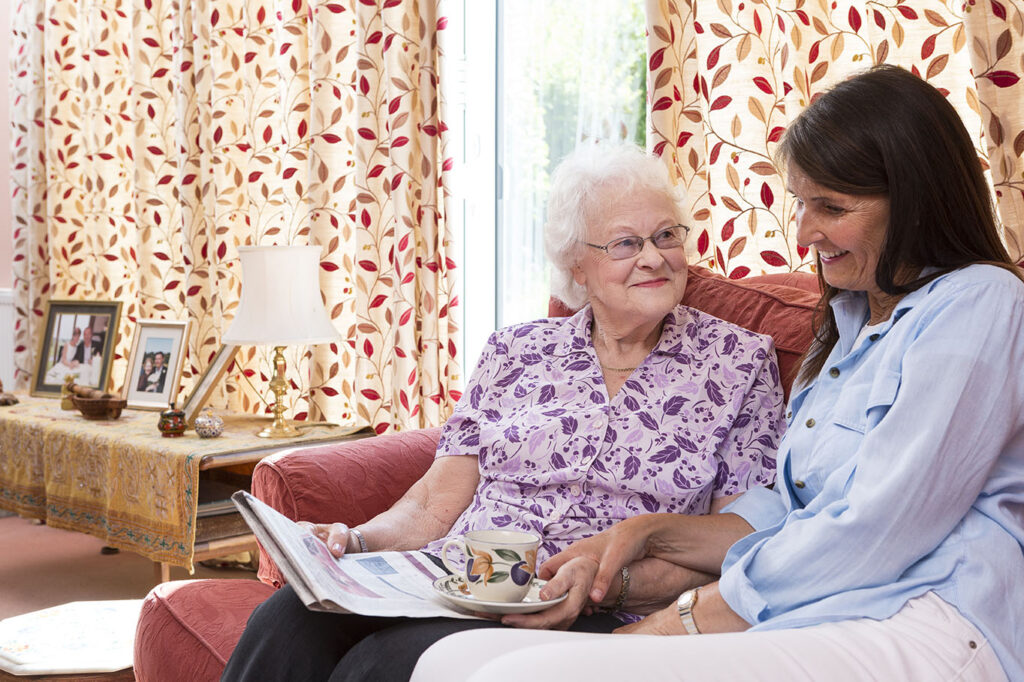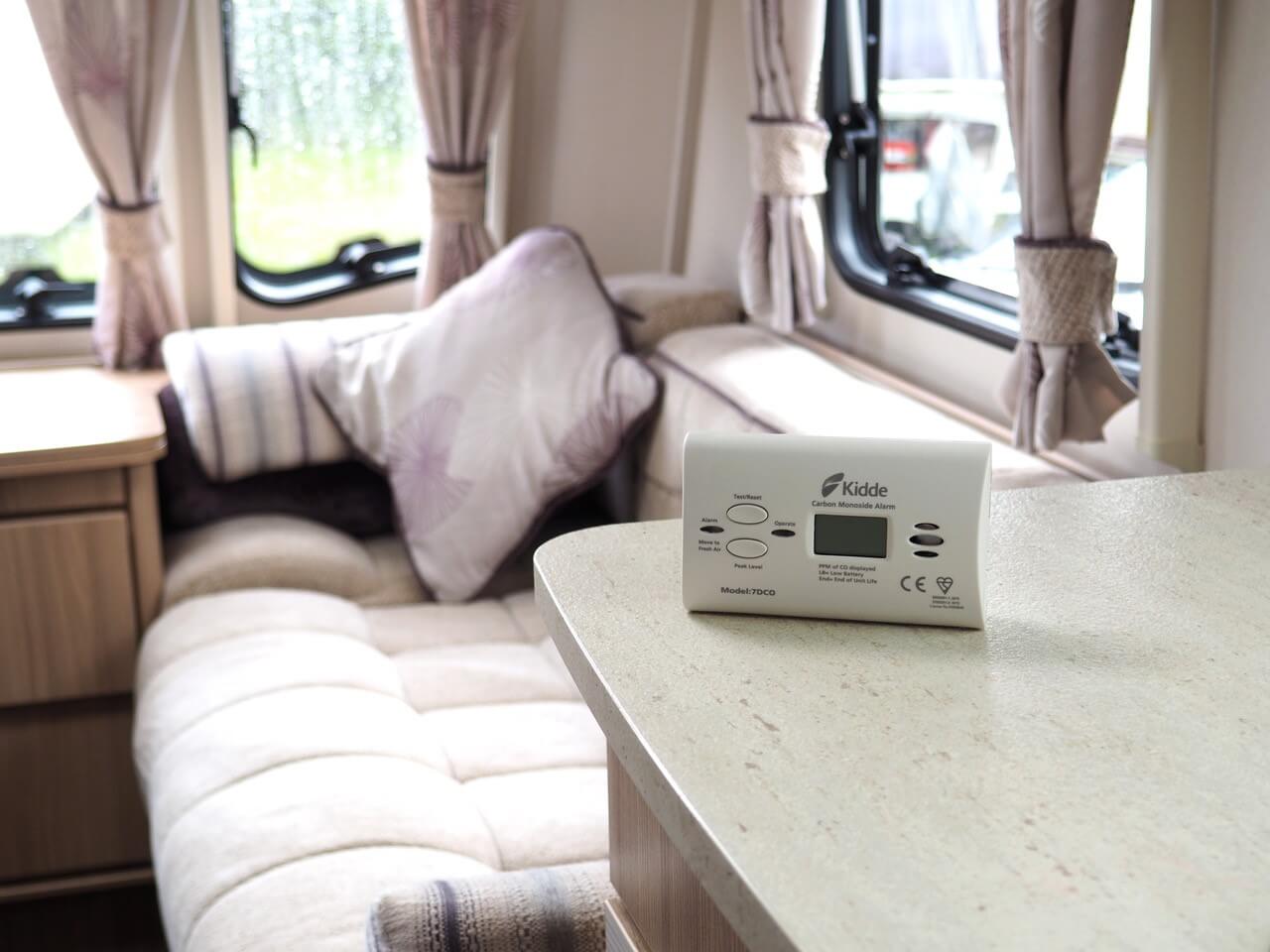Tuesday 7th October 2025
Protecting your home from fire and carbon monoxide requires careful planning and preparation. The number of smoke and CO detectors you need depends on your property’s layout, the number of floors and the location of fuel-burning appliances. Getting this right could save your life.
Understanding Combined Detection
A smoke and CO alarm combines two essential safety technologies in one device. These units detect both fire hazards through optical smoke sensors and dangerous carbon monoxide levels through electrochemical sensors. By installing combined detectors, you reduce the number of devices on your ceiling while maintaining comprehensive protection.
The advantage of these dual-purpose alarms extends beyond space-saving. Modern combined units provide distinct audio warnings for each threat. Some models feature voice alerts that clearly announce “FIRE, FIRE” or “WARNING CARBON MONOXIDE”, removing any confusion about which danger is present. This clarity proves crucial when seconds count.
Calculating Your Detection Requirements
Smoke Detection Coverage
Every floor of your home needs at least one smoke alarm. For optimal protection, install alarms in:
- Each bedroom
- Outside sleeping areas (hallways, landings)
- Living rooms
- The bottom of staircases
For maximum coverage, a typical two-storey, three-bedroom home should have a minimum of five smoke detection points: one in each bedroom, one on the landing and one in the ground floor hallway. There should also be a heat alarm in the kitchen.
Carbon Monoxide Detection Needs
Carbon monoxide poses risks wherever fuel burns. Install CO detection:
- On every floor containing fuel-burning appliances
- Within 3 metres of boilers, fires or stoves
- In bedrooms, if appliances or flues are present on the same floor
- Near attached garages
Properties with gas central heating typically need CO detection on at least two floors. Homes with multiple fuel-burning appliances may require three or more detection points.

Strategic Placement for Maximum Protection
Bedroom Protection
Bedrooms demand priority attention. Carbon monoxide poisoning often occurs during sleep when victims cannot detect symptoms. Install a smoke and CO2 detector in each bedroom, positioning it on the ceiling at least 30 cm from the walls. For sloped ceilings, place detectors within 90cm of the peak.
Living Areas and Hallways
Hallways connecting bedrooms to exits need combined detectors. These locations catch smoke travelling between rooms whilst monitoring CO levels from heating systems. Living rooms with gas fires or wood burners require dedicated protection. Mount detectors centrally on the ceiling, away from air vents or fans that might delay detection.
Kitchen Considerations
Kitchens present unique challenges. Cooking fumes trigger false alarms in standard smoke detectors. If your kitchen contains gas appliances, install a CO-only alarm near the cooker. Position smoke detection just outside the kitchen door to avoid nuisance alarms and maintain fire protection.
Choosing the Right Combined Alarms
The market offers excellent combined smoke and carbon monoxide alarms with varying features. Battery-powered models, such as the Kidde K10SCO, provide 10-year protection with voice warnings that distinguish between threats. The FireAngel SCB10-R features a built-in battery that lasts the product’s entire lifespan, eliminating concerns about battery replacement.
When selecting alarms, consider models certified to both BS EN 14604 (smoke detection) and BS EN 50291-1 (carbon monoxide detection). These dual certifications ensure your chosen alarm meets rigorous safety standards for both hazards.
Installation Best Practices
Ceiling Mounting
Most combined detectors work best when ceiling-mounted. CO spreads evenly through rooms, making ceiling placement effective for both smoke and gas detection. Follow manufacturer guidelines for exact positioning, typically central to the room and away from corners where air circulation is poor.
Wall Mounting Considerations
Some situations require wall mounting. When ceiling installation proves impossible, mount detectors high on the walls, 15-30 cm below the ceiling. Ensure wall-mounted units are not positioned above doors and windows to prevent drafts from affecting performance.
Avoiding Installation Mistakes
Never install detectors:
- In bathrooms (humidity causes false alarms)
- Near windows, doors or vents
- In garages (vehicle fumes trigger alarms)
- Where temperatures exceed the manufacturer’s specifications
Maintaining Your Detection System
Your smoke and carbon monoxide (CO) alarm system requires regular maintenance. Test all alarms monthly using the test button. This simple action confirms that both the smoke and CO sensors function correctly. Many combined alarms feature separate test sequences for each sensor type.
All smoke alarms need replacement after 10 years.
Clean detectors every six months using the soft brush attachment on your vacuum. Dust accumulation reduces sensitivity and increases the likelihood of false alarms. After decorating or renovation work, check that alarms haven’t been painted over or damaged.
Special Considerations
Rental Properties
Landlords must install smoke alarms on every floor and carbon monoxide (CO) alarms in rooms with solid fuel appliances. Combined units satisfy both requirements efficiently. Tenancy agreements should clearly outline testing responsibilities, although landlords remain liable for ensuring alarms function correctly at the start of the tenancy.

Vulnerable Occupants
Households with elderly residents, young children or people with hearing impairments need additional considerations. Interconnected alarm systems ensure all detectors sound simultaneously, providing earlier warning throughout the property. Strobe light attachments help those with hearing difficulties.
Property Extensions
Adding conservatories, loft conversions or garage conversions changes your detection requirements. Each new habitable space needs appropriate coverage, as specified by building regulations. Fuel-burning appliances in extensions demand CO protection regardless of the main property’s existing coverage.
Regional Regulations Across the UK
Where you live changes what the law requires. Since February 2022, every home in Scotland must have interlinked smoke and heat alarms. Carbon monoxide detectors are required wherever there’s a carbon-fuelled appliance or flue. When one alarm sounds, they all sound. It’s the law for everyone, not just landlords.
England, Wales and Northern Ireland work differently. Landlords face legal duties across all regions. But if you own your home, the rules vary. England and Wales apply building regulations to new builds and major works. They don’t require existing homeowners to upgrade. Northern Ireland follows similar lines. The guidance in this article gives you strong protection for any home. But always check what applies where you live. Because your family’s safety matters more than any minimum standard.
Creating Your Detection Plan
Map your property floor by floor. Mark locations of:
- Bedrooms
- Fuel-burning appliances
- Potential fire hazards
- Escape routes
This visual guide identifies where combined smoke and CO detectors provide the best protection.
The best combined smoke and carbon monoxide alarm for your home strikes a balance between features, reliability and coverage requirements. By understanding your property’s specific needs and following placement guidelines, you create a detection network that protects against both immediate fire dangers and invisible carbon monoxide threats.
All information correct at time of posting.



